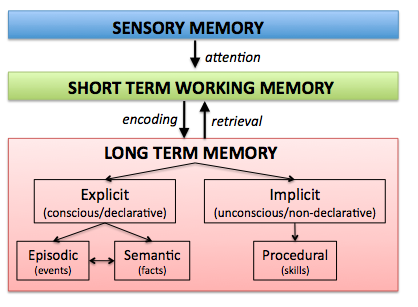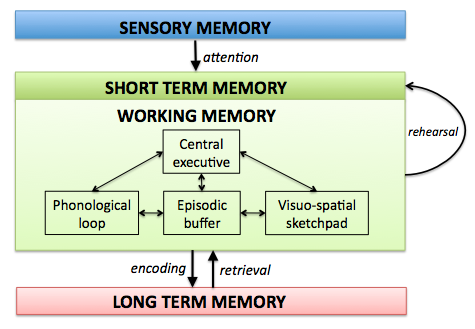Course Organisation
- We now have around 102 people enrolled in the course. I expect ITO to arrange and release tutorial slots soon.
- The blogs provide a scaffold of what is discussed in class.
- Questions and Comments are closed for submissions on Monday 9am on the week when the material is discussed, to give me enough time to prepare the lectures based on your feedback.
The News
High pitched sounds repel teens
But is it really needed? (Read the comments!)
From Questions and Comments
What are realistic perceptual thresholds for design?
Realistic thresholds allow people to perceive signals in realistic contexts. This is why questionnaires ask people to report how well they can do in typical situations where they will use a certain sense. For example, for vision, one would ask how well a person can read newspaper headlines, or for hearing, whether they can hear birds chirping in the trees.
For hearing, think about background noise. The signal needs to be louder than the noise (signal to noise ratio).
Example from radio
Thresholds, for example for people’s ability to understand speech, are calibrated first using standardised tests in quiet, and then tested again with background noise.
Thresholds vary from person to person – they are affected by age, acute illness, chronic illness …
In order to decide on the correct thresholds for design, we need to understand
- who is using our systems
- under what circumstances
What is Signal Detection Theory, and why does it matter?
Here is an alternative introduction by David Hager.
Link to Machine Learning: The Receiver Operating Characteristic is related to Signal Detection Theory
What are affordances, and why should we care?
Physical affordances are what you can do with a physical object – properties of the object that you can act on. For example, pick it up, wave your hands in front of it, move your hands under it, move the handle …
Example: Washroom water taps. This one by Dyson is particularly badly designed, because it is very easy to dry your hands when you just want water.
Perceived affordances are about what users think they can do with an interface.
Conventions is what designers use to communicate with users, to signal to them that something could be of interest / can be interacted with
Example: Where are buttons and links that you can click on a web site? How do you notice? When this is not clear, we have a case of Mystery Meat Navigation
Many of the examples on the Bad Designs web site are bad because of the affordances.
Affordances can also be ignored: See the “Desirepath” subreddit, where people subvert designed paths to make their own

